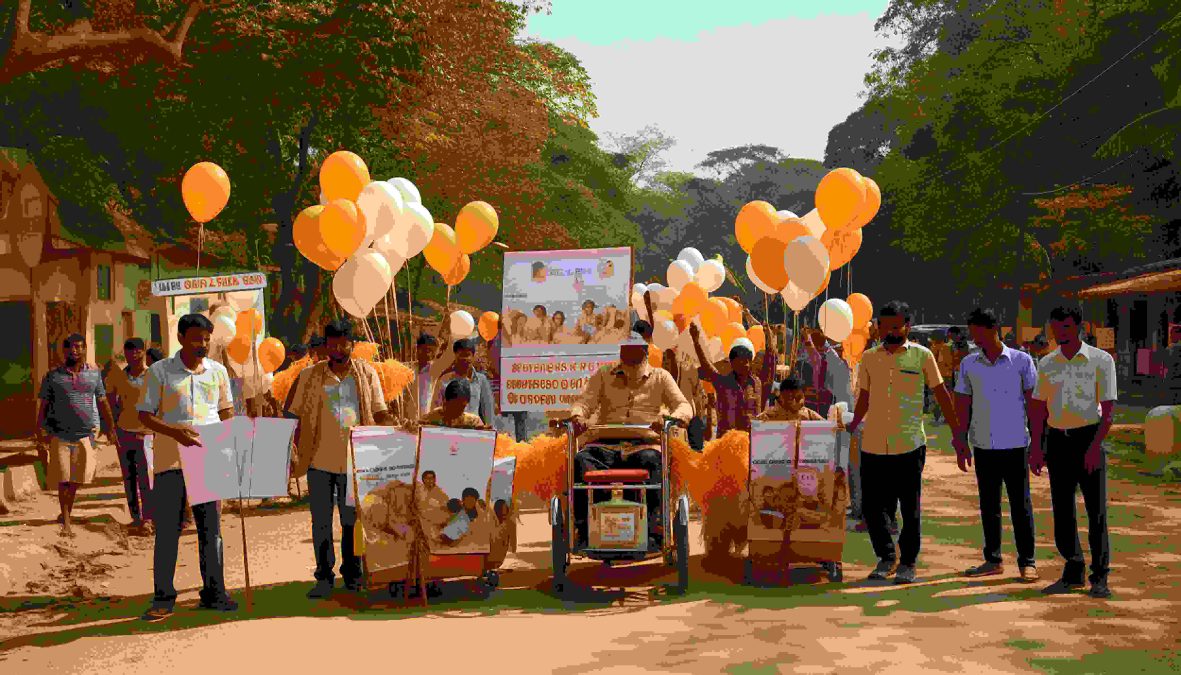Fundraising events are crucial for the financial sustainability of many organizations and causes. The shift to online platforms has opened new opportunities for engaging a broader audience and reducing the costs associated with physical events. In this guide, we’ll explore various virtual fundraising event ideas, and provide detailed tips on planning, promoting, and executing these events to ensure they are engaging and successful.
Why Virtual Fundraising Events?
Virtual fundraising events offer several advantages:
Wider Reach: People from all over the world can participate, increasing the potential donor base.
Cost-Effective: Eliminates costs associated with venue rentals, travel, and accommodation.
Flexibility: Participants can join from the comfort of their homes, making it easier to attract a diverse audience.
Data Collection: Online platforms allow for easy tracking of participant engagement and donation metrics.
Also Read: 5 Best WooCommerce Subscription Plugins in 2024
Virtual Fundraising Event Ideas
- Online Auctions
Description: Participants bid on items or experiences donated by businesses, community members, or celebrities.
How to Organize: Use platforms like eBay for Charity, 32 Auctions, or Bidding For Good to host your auction.
Engagement Tips: Promote exclusive items and provide regular updates on bidding wars to create excitement. - Virtual Walkathons or Runs
Description: Participants commit to walking or running a certain distance, tracking their progress through fitness apps.
How to Organize: Set up a registration page on platforms like Race Roster or RunSignUp. Participants can use apps like Strava to log their activities.
Engagement Tips: Create a leaderboard, offer digital badges for milestones, and host live workout sessions to keep participants motivated. - Live Streamed Concerts or Performances
Description: Host live performances by musicians, comedians, or other entertainers, streamed to your audience.
How to Organize: Use platforms like Zoom, YouTube Live, or Facebook Live for streaming.
Engagement Tips: Encourage interaction through live chat, host Q&A sessions, and offer VIP access for higher donations. - Virtual Gala or Dinner Party
Description: A sophisticated event where participants dress up, enjoy a meal at home, and participate in activities like auctions or raffles.
How to Organize: Send out meal kits or partner with local restaurants for delivery. Use Zoom or other video conferencing tools for the event.
Engagement Tips: Include entertainment, speeches, and interactive activities. Encourage attendees to share their experiences on social media with a specific hashtag. - Online Classes and Workshops
Description: Offer classes or workshops on various topics such as cooking, yoga, art, or professional development.
How to Organize: Partner with experts to lead the sessions. Use platforms like Zoom or Teachable to host the classes.
Engagement Tips: Provide materials in advance, create interactive elements like Q&A sessions, and offer certificates of completion. - Virtual Game Night
Description: Host a game night with activities like trivia, bingo, or online board games.
How to Organize: Use platforms like Kahoot for trivia or Jackbox Games for interactive games. Zoom or Discord can be used for communication.
Engagement Tips: Offer prizes for winners, create team competitions, and encourage friendly banter to enhance the fun. - Crowdfunding Campaigns with a Twist
Description: Add an engaging element to your crowdfunding efforts, such as a matching gift challenge or a countdown timer.
How to Organize: Use crowdfunding platforms like GoFundMe, Kickstarter, or Indiegogo.
Engagement Tips: Highlight personal stories, create a sense of urgency with time-bound challenges, and provide regular updates on progress.
Also Read: 5 Best WooCommerce Shipping Plugins in 2024
Planning Your Virtual Fundraising Event
- Define Your Goals
Set Clear Objectives: Determine what you want to achieve with your event, whether it’s a specific fundraising target, raising awareness, or engaging with your community.
Target Audience: Identify who you want to reach and tailor your event to their interests and demographics. - Choose the Right Platform
Consider Your Needs: Select a platform that supports your event type, whether it’s a live streaming service, an auction site, or a fitness tracking app.
User Experience: Ensure the platform is user-friendly and accessible to your audience. - Plan the Event Structure
Event Agenda: Create a detailed schedule of activities, including start and end times, and allocate time for each segment.
Speakers and Hosts: Identify and confirm any special guests, performers, or hosts for your event.
Technical Setup: Ensure you have the necessary equipment and technical support to handle the online event. - Promote Your Event
Marketing Strategy: Develop a comprehensive marketing plan that includes email campaigns, social media promotion, and partnerships with influencers or local businesses.
Engaging Content: Create compelling promotional materials, such as videos, graphics, and blog posts, to generate excitement and interest.
Community Involvement: Encourage your community to share the event within their networks and provide them with ready-made content to do so.
Executing Your Virtual Fundraising Event
- Pre-Event Preparation
Test Run: Conduct a rehearsal to identify and resolve any technical issues.
Reminders: Send out reminders to registered participants with event details and how they can join.
Support: Set up a support system for attendees to reach out if they encounter any issues. - During the Event
Engage Your Audience: Use interactive elements like polls, Q&A sessions, and live chats to keep participants engaged.
Monitor and Adapt: Keep an eye on participant feedback and be ready to make adjustments on the fly.
Thank Your Donors: Acknowledge donations in real-time to show appreciation and encourage others to give. - Post-Event Follow-Up
Thank You Messages: Send personalized thank you messages to participants and donors.
Share Results: Provide an overview of the event’s success, including funds raised and engagement metrics.
Feedback: Solicit feedback from participants to learn what worked well and what could be improved for future events.
Case Study: Successful Virtual Fundraising Events
To provide a practical example, let’s look at a case study of a successful virtual fundraising event.
Case Study: The Virtual Charity Run
Background: A non-profit organization aimed to raise funds for mental health awareness. They traditionally held an annual charity run, which was moved online due to the pandemic.
Event Details:
Event Type: Virtual Run/Walk
Platform: Used RunSignUp for registration and Strava for activity tracking.
Promotion: Engaged local businesses to sponsor the event and promoted it through social media, email newsletters, and local media.
Engagement: Participants shared their progress on social media using a specific hashtag. The organization hosted live workout sessions and motivational talks leading up to the event.
Outcome:
Participation: Over 1,000 participants from different regions joined the event.
Funds Raised: Exceeded the fundraising goal by 50%.
Engagement: High levels of engagement on social media, with participants sharing photos and stories about their runs.
Online Community in Fundraising Events
Virtual fundraising events offer a dynamic and cost-effective way to engage your community and raise funds for your cause. By choosing the right event type, planning meticulously, promoting effectively, and executing with care, you can create memorable experiences that resonate with your audience and achieve your fundraising goals. As we continue to embrace digital solutions, the potential for innovative and impactful virtual events is boundless.





